The selection of appropriate refractory castables and bricks is a critical factor in ensuring structural durability, energy efficiency, and operational safety in industrial environments. With an expansive range of refractory products available, it becomes imperative to align the material selection with specific use cases and environmental demands. A meticulous approach that considers thermal conditions, chemical exposure, and operational stresses is fundamental to achieving optimal performance.
The timeless allure of wood fire pizza ovens lies not only in their ability to produce unparalleled flavor but also in their engineering sophistication. These ovens depend on high-quality refractory materials to achieve uniform heat distribution, structural integrity, and enduring performance. This comprehensive guide outlines the essential materials and maintenance practices for wood fire ovens.
Industrial furnaces are indispensable assets in industries such as steel, cement, and petrochemicals. Their longevity directly influences production efficiency and operational costs. Adopting advanced maintenance practices and utilizing high-quality refractory materials are pivotal in extending furnace lifespan and optimizing performance.
The refractory industry is poised for a groundbreaking transformation with the integration of artificial intelligence (AI) and computer vision technologies. These advancements promise to streamline manufacturing processes, enhance material performance, and improve quality control, addressing longstanding challenges in industrial operations. This blog explores how AI and computer vision are revolutionizing the refractory landscape.
Plastic refractories are a cornerstone of modern refractory solutions, offering unparalleled moldability and durability. Comprising refractory fillers such as ceramic grog, clay binders, and innovative additives like aluminum phosphate, plastic refractories ensure high performance in high-temperature environments. This blog explores their composition, unique properties, applications, and how they contribute to ease of application and enhanced lifespan.
The selection of appropriate refractory castables and bricks is a critical factor in ensuring structural durability, energy efficiency, and operational safety in industrial environments. With an expansive range of refractory products available, it becomes imperative to align the material selection with specific use cases and environmental demands. A meticulous approach that considers thermal conditions, chemical exposure, and operational stresses is fundamental to achieving optimal performance.
1. Operating Temperature:
- Refractory Castables: Advanced formulations such as low-cement castables (e.g., Accomon 70, Accomon 80) are engineered for extreme environments exceeding 1,500°C. Their high thermal shock resistance and mechanical integrity make them indispensable in high-performance settings.
- Fire Bricks: Available in varying alumina concentrations (30%-80%), these bricks are ideal for high-temperature furnaces and kilns, offering superior heat retention and prolonged lifespan.
- Insulating Bricks: Lightweight and thermally efficient, insulating bricks are optimal for low-temperature zones where energy conservation is paramount without sacrificing structural robustness.
2. Chemical Environment:
- Acid-Resistant Bricks: Designed to combat chemical corrosion, these bricks are essential in settings like pickling tanks, flue linings, and chimneys. Their resilience ensures longevity and minimizes maintenance requirements.
- Basic Bricks (Magnesite Bricks): Ideally suited for alkaline environments such as cement kilns and steel production, these bricks resist chemical wear and thermal degradation effectively.
- Chemically Resistant Castables: Dense castables enhanced with advanced bonding agents protect industrial equipment from aggressive chemical reactions, making them suitable for reactors and high-exposure areas.
3. Fuel Type:
- The nature of the fuel used significantly impacts the lifespan and performance of refractory materials:
- Solid Fuels (e.g., coal, wood): : High slag and ash production necessitates abrasion-resistant materials like high-alumina bricks and dense castables.
- Liquid Fuels (e.g., oil): Intense thermal loads and potential chemical reactions demand acid-resistant bricks and low-cement castables with enhanced durability.
- Gaseous Fuels (e.g., natural gas): Even heat distribution reduces thermal stress but may induce cyclic loading; insulating bricks and high-performance castables mitigate these effects effectively.
- Misaligned material selection based on fuel type can lead to premature wear, chemical degradation, and increased operational costs, emphasizing the importance of compatibility.
4. Mechanical Stress:
- Dense Castables: Renowned for their exceptional load-bearing capacity, these materials are indispensable in high-impact zones like furnace floors and heavily used linings.
- Insulating Castables: Lightweight yet robust, these materials are tailored for low-stress areas, optimizing structural loads without compromising efficiency.
- Fire Bricks: With exceptional resistance to mechanical wear, fire bricks are suited for applications requiring durability under continuous operational demands.
5. Ease of Installation:
- Precast Castables: Precision-engineered shapes expedite installation while reducing downtime, ensuring seamless integration into industrial setups.
- Plastic Refractories: Moldable and versatile, these materials are ideal for lining irregular shapes and facilitating efficient repairs.
- Refractory Mortars: Critical for bonding bricks, mortars enhance the structural coherence and thermal performance of refractory assemblies.
1. Steel Plants:
- Recommended Products: Magnesite bricks for high-alkaline environments and low-cement castables for optimal ladle and tundish performance.
2. Cement Industry:
- Recommended Products: High-alumina fire bricks for rotary kilns and insulating castables for preheater linings to ensure operational efficiency.
3. Petrochemical Plants::
- Recommended Products: Acid-resistant bricks for chimney linings and dense castables for reactors to withstand aggressive chemical exposure.
The strategic selection of refractory castables and bricks is indispensable for maximizing industrial efficiency and minimizing operational disruptions. By addressing specific environmental factors such as temperature, chemical exposure, and mechanical stress, businesses can achieve cost-effective and long-lasting solutions. Contact us to explore tailored recommendations for your unique requirements.
The timeless allure of wood fire pizza ovens lies not only in their ability to produce unparalleled flavor but also in their engineering sophistication. These ovens depend on high-quality refractory materials to achieve uniform heat distribution, structural integrity, and enduring performance. This comprehensive guide outlines the essential materials and maintenance practices for wood fire ovens.
1. Fire Bricks:
- Renowned for their high thermal conductivity and heat retention, fire bricks form the foundation of oven walls and floors. These bricks ensure consistent cooking temperatures and resist cracking under prolonged high heat.
2. Insulating Bricks:
- Lightweight and thermally efficient, insulating bricks serve as the outer shell lining, enhancing energy efficiency and reducing fuel consumption.
3. Refractory Mortar:
- Engineered to create robust bonds between bricks, this material minimizes heat leakage while reinforcing the oven’s structural coherence.
- Regularly remove soot and ash to ensure even heat distribution and prevent material degradation.
- Inspect the oven periodically for cracks or damages, addressing them promptly with refractory mortar to prolong the structure's life.
- Gradually heat the oven during initial seasoning to strengthen the refractory materials and enhance their durability.
Investing in premium refractory materials ensures that your wood fire pizza oven delivers unmatched cooking performance and longevity. Explore our specialized range of fire bricks, mortars, and castables to elevate your culinary experience with confidence.
Industrial furnaces are indispensable assets in industries such as steel, cement, and petrochemicals. Their longevity directly influences production efficiency and operational costs. Adopting advanced maintenance practices and utilizing high-quality refractory materials are pivotal in extending furnace lifespan and optimizing performance.
1. Material Selection:
- Refractory materials such as high-alumina bricks and dense castables are tailored for extreme operational conditions, offering superior wear resistance and durability.
2. Thermal Cycling Management:
- Implementing gradual heating and cooling cycles minimizes thermal shock, a leading cause of refractory cracking and premature failure.
3. Routine Inspections:
- Scheduled evaluations help identify minor issues before escalation, reducing downtime and mitigating repair costs.
4. Optimized Installation:
- Professional installation ensures proper curing, enhancing the structural integrity and lifespan of refractory linings.
5. Routine Inspections:
- Replacing legacy materials with advanced solutions such as low-cement castables boosts energy efficiency and operational longevity.
A proactive approach encompassing strategic material selection and maintenance ensures uninterrupted furnace operations and significant cost savings. Contact us for expert insights and tailored solutions.
The refractory industry is poised for a groundbreaking transformation with the integration of artificial intelligence (AI) and computer vision technologies. These advancements promise to streamline manufacturing processes, enhance material performance, and improve quality control, addressing longstanding challenges in industrial operations. This blog explores how AI and computer vision are revolutionizing the refractory landscape.
1. Automated Quality Inspection:
- Computer vision systems equipped with high-resolution cameras can detect micro-level defects, such as cracks, voids, and porosity, in refractory materials during production.
- These systems provide real-time feedback, ensuring that only defect-free products are shipped to clients, reducing waste and increasing efficiency.
2. Predictive Maintenance:
- AI-driven predictive models analyze performance data to anticipate wear and tear in refractory linings.
- Early detection of potential failures helps schedule timely maintenance, minimizing downtime and extending equipment lifespan.
3. Optimized Material Design:
- Machine learning algorithms analyze vast datasets to identify optimal material compositions for specific applications.
- These insights accelerate the development of innovative refractory materials with enhanced thermal resistance, durability, and chemical stability.
4. Enhanced Process Automation:
- AI-powered systems automate critical manufacturing processes, such as material mixing, forming, and curing.
- This reduces human error, improves consistency, and lowers production costs.
5. Thermal Performance Monitoring:
- AI-integrated thermal imaging tools provide continuous monitoring of heat distribution in furnaces and kilns.
- Identifying hotspots and uneven thermal loads ensures the uniform performance of refractory linings.
1. Improved Efficiency:
- Automated systems streamline operations, reducing production time and operational costs.
2. Enhanced Quality Assurance:
- Real-time defect detection ensures higher product reliability and customer satisfaction.
3. Data-Driven Insights:
- Real-time defect detection ensures higher product reliability and customer satisfaction.
4. Sustainability:
- Reduced waste and energy consumption align with global sustainability goals, improving the environmental footprint of the refractory industry.
1. Initial Investment:
- While implementing AI and computer vision requires significant upfront costs, the long-term operational savings justify the investment.
2. Skill Development:
- Training personnel to manage and optimize AI-powered systems is essential for successful integration.
3. Data Availability:
- High-quality datasets are critical for training machine learning models. Establishing robust data collection frameworks is a priority.
4. Innovation Potential:
- The evolving capabilities of AI and computer vision offer endless possibilities for developing new products and processes.
The integration of AI and computer vision is not just a technological upgrade; it is a paradigm shift for the refractory industry. These innovations are driving efficiency, sustainability, and precision, setting new benchmarks for performance. As the industry embraces these tools, the potential for groundbreaking advancements becomes limitless. Contact us to explore how AI-driven refractory solutions can revolutionize your operations. Custom refractory solutions deliver transformative results by aligning with industry-specific needs. For bespoke recommendations, Contact us.
Plastic refractories are a cornerstone of modern refractory solutions, offering unparalleled moldability and durability. Comprising refractory fillers such as ceramic grog, clay binders, and innovative additives like aluminum phosphate, plastic refractories ensure high performance in high-temperature environments. This blog explores their composition, unique properties, applications, and how they contribute to ease of application and enhanced lifespan.
Plastic refractories are meticulously engineered to address diverse industrial needs:
1. Core Components:
- Refractory Fillers: Ceramic grog and calcined kyanite provide structural integrity and thermal resistance.
- Clay Binders: High-grade refractory clays such as kaolin and ball clay enhance plasticity and bonding.
- Aluminum Phosphate: Acts as a high-temperature bonding agent, imparting exceptional strength during air-setting and firing.
2. Innovative Additives:
- Sesqui-aluminum phosphate and mono-aluminum phosphate provide enhanced green and fired strength.
- Wetting agents improve workability and adhesion to existing refractory surfaces.
3. Enhanced Thermal Properties:
- High resistance to thermal cycling and mechanical stress ensures longevity under extreme conditions.
1. Versatility in Use:
- Plastic refractories are supplied in a semi-moist, moldable form, making them ideal for hand or machine application.
- They can be ramed, hammered, or rolled into place, adapting seamlessly to irregular shapes and complex geometries.
2. Efficient Installation:
- The addition of water soluble binders like aluminum phosphate ensures quick air-setting, reducing installation time.
- Pre-coating fillers with binders improves adhesion and reduces mixing requirements, enabling faster application.
3. Rapid Repairs:
- Ideal for patching linings in kilns, furnaces, and boilers, plastic refractories ensure minimal downtime during maintenance.
1. Enhanced Strength:
- Aluminum phosphate-based bonding imparts high green strength during air drying and maintains structural integrity at elevated temperatures.
- Resistance to spalling, chemical attack, and thermal cycling extends service life in demanding environments.
2. Shrinkage Control:
- Low shrinkage rates (less than 2%) during drying and firing preserve the dimensional stability of installations.
3. Improved Refractoriness:
- The integration of high pyrometric cone equivalent (PCE) fillers ensures durability in temperatures exceeding 1,650°C.
4. Chemical Stability:
- Resistance to slaking in boiling water and reduced susceptibility to fluxing agents like sodium silicate enhances performance in chemically aggressive settings.
1. Furnace Linings:
- Used for linings in industrial kilns and furnaces, especially in areas exposed to high thermal and mechanical stress.
2. Patching and Repairs:
- Quickly restores the structural integrity of worn linings, minimizing operational interruptions.
3. Special Shapes:
- Ideal for forming kiln crowns, doors, and car tops where conventional bricks may not suffice.
Plastic refractories are available in advanced formulations tailored to meet demanding industrial requirements. Two key products stand out for their performance and reliability:
1. Accplast 80 AL:
- Key Features:
- Designed for extreme thermal conditions with high resistance to thermal shock and spalling.
- Enhanced mechanical strength and durability, making it ideal for high-stress applications such as furnace linings and hearths.
- Applications:
- Perfect for patching and repairing high-wear zones in industrial furnaces and kilns.
- Ideal for forming intricate shapes and lining irregular surfaces.
2. Accplast 60:
- Key Features:
- A versatile option offering excellent plasticity and ease of application.
- High resistance to chemical attack and abrasion, ensuring long-lasting performance.
- Applications:
- Suitable for medium to high-temperature environments, including boiler linings and burner blocks.
- Widely used for repairs and maintenance in petrochemical and steel industries.
Both Accplast 80 AL and Accplast 60 offer the following benefits:
Plastic refractories such as Accplast 80 AL and Accplast 60 represent cutting-edge solutions for industrial applications requiring robust performance and reliability. Their ease of application, combined with superior thermal and mechanical properties, makes them indispensable for high-performance refractory systems. For tailored recommendations and product details, Contact us.

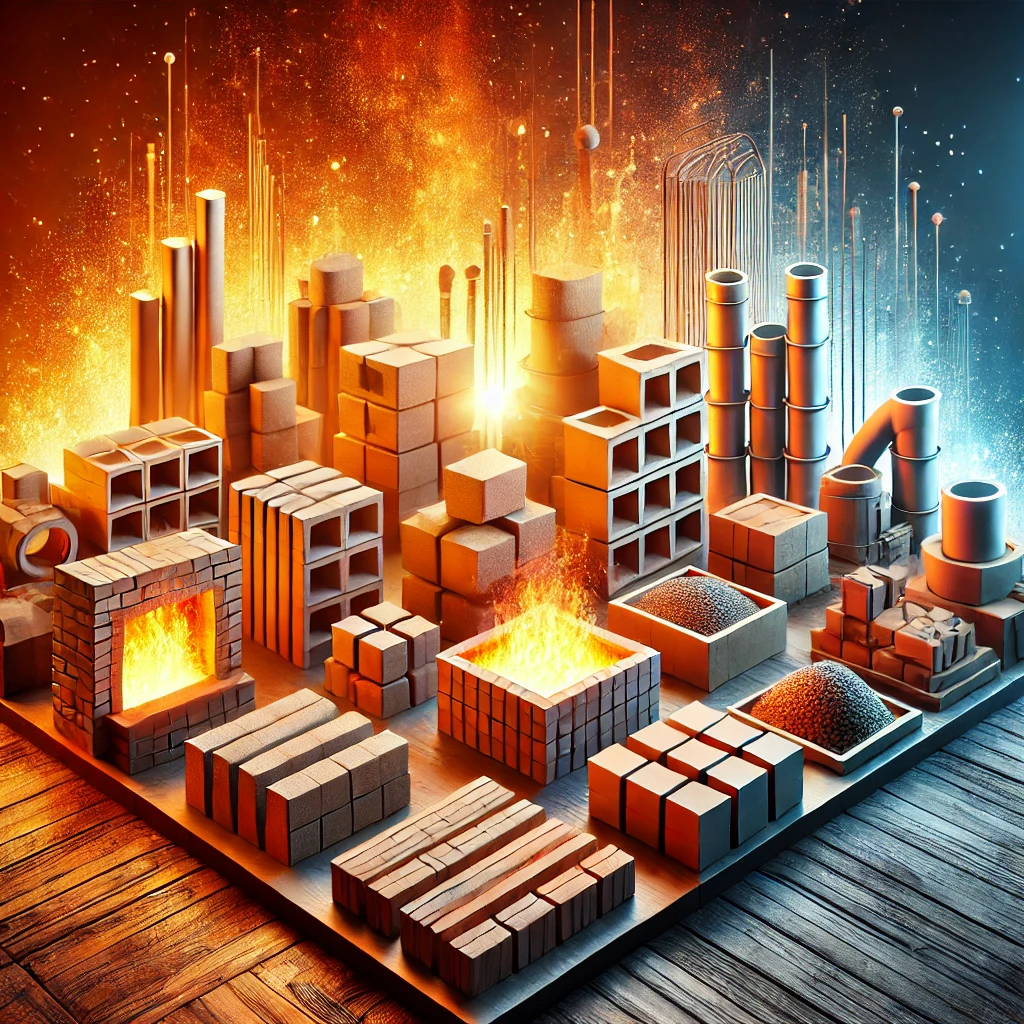
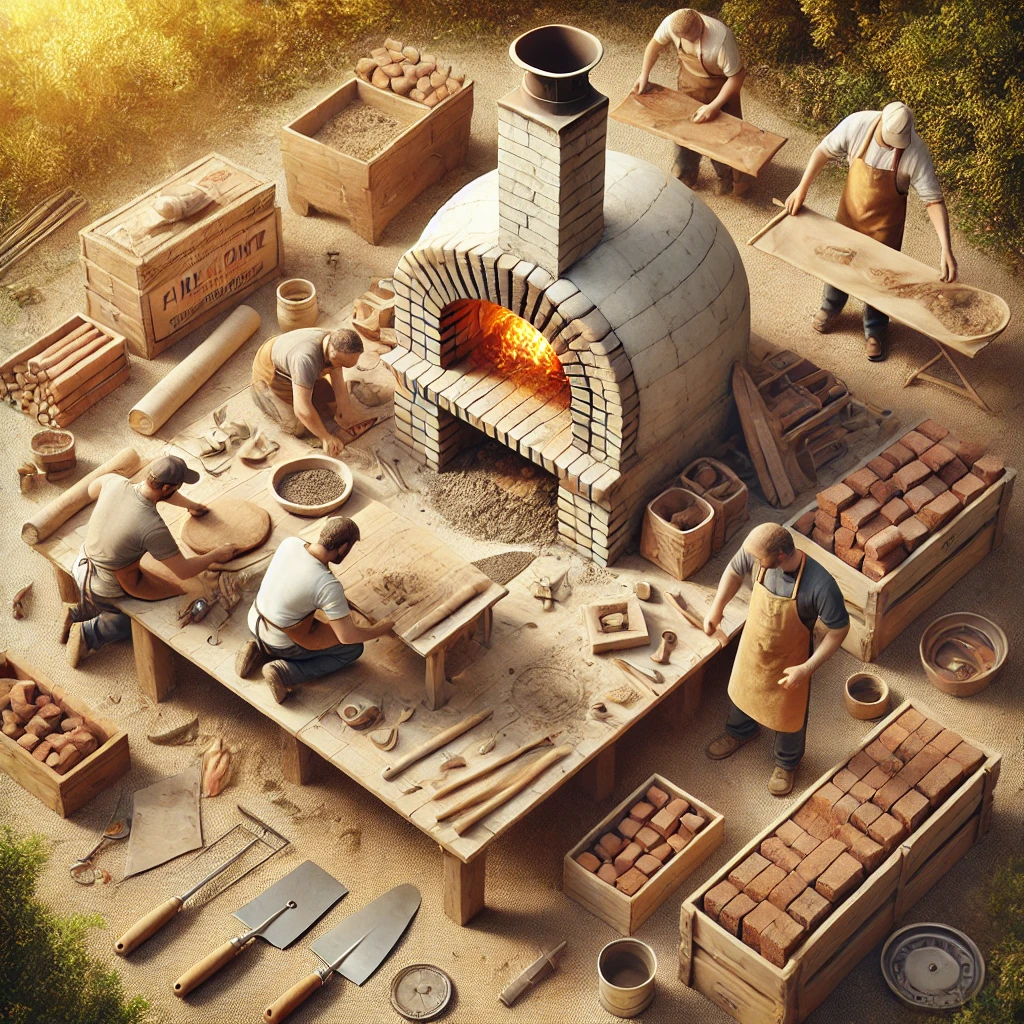
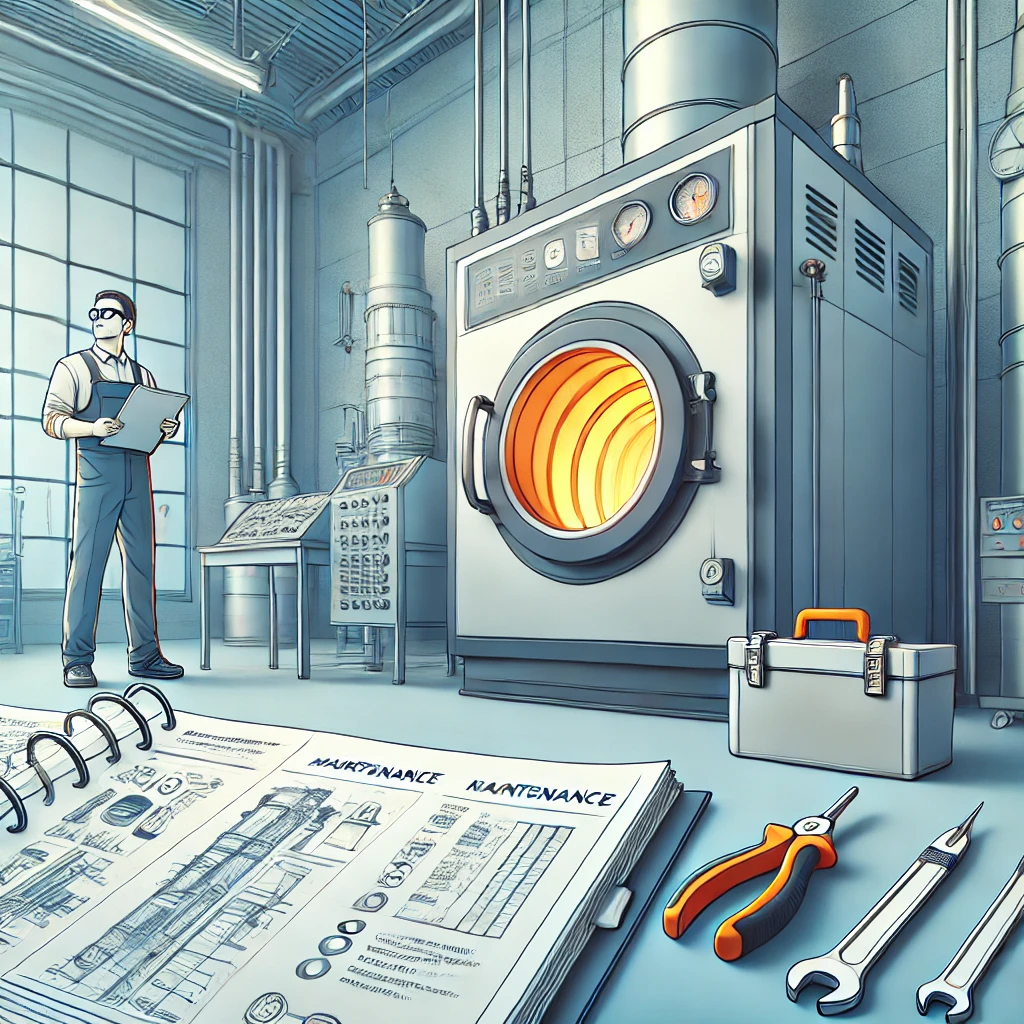
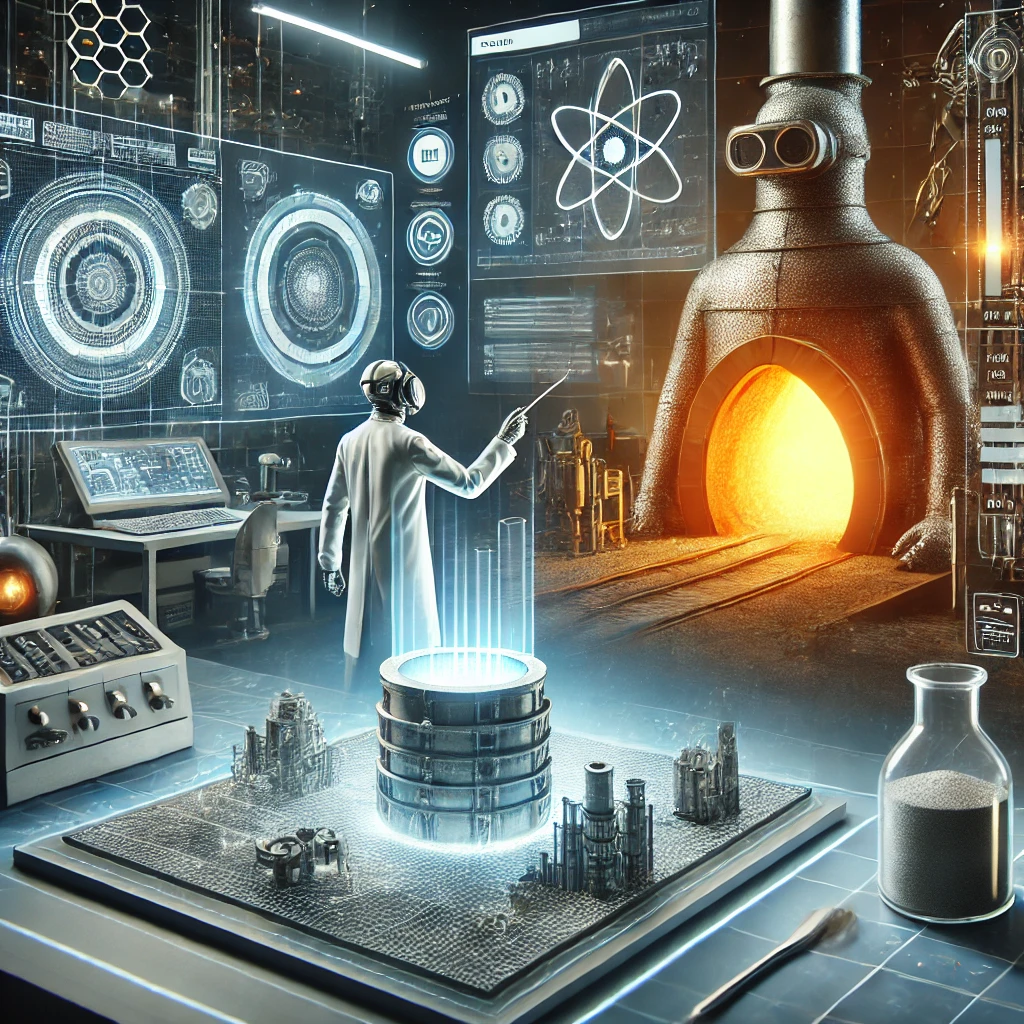
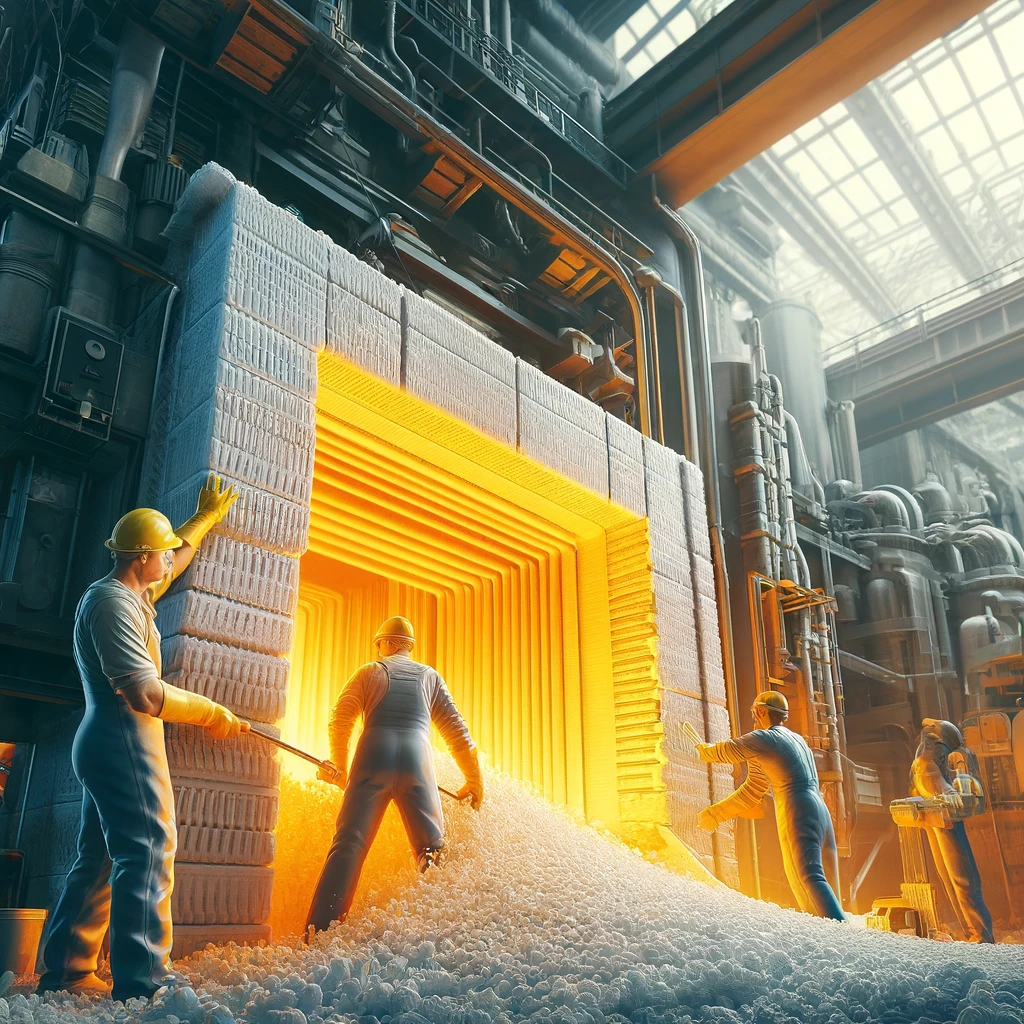
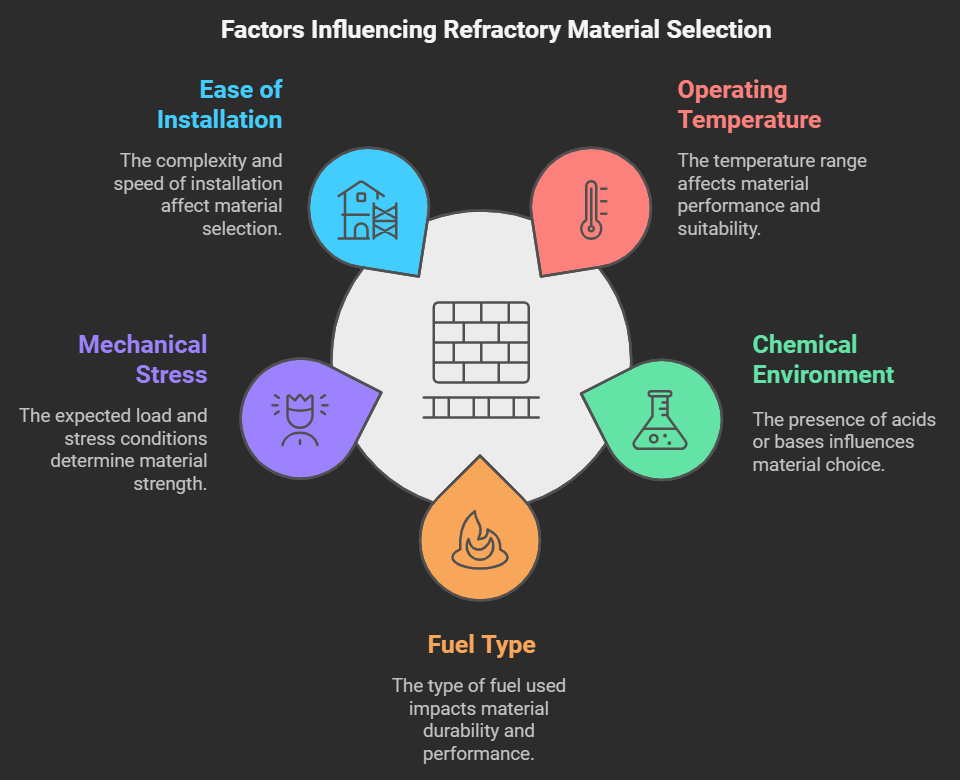
.png)
.png)
.png)
.png)
.png)
.png)
.png)